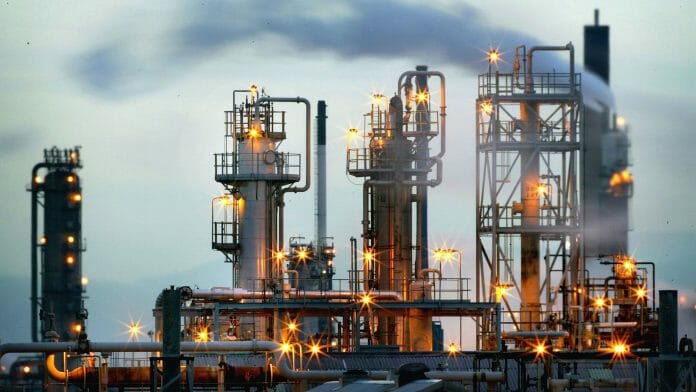By Peter Lundgreen is the Founding CEO of Lundgreen’s Capital
Should crude oil rise to $90 per barrel by the end of 2022, then it will be noticeable in several economies around the world. If the potential price increase will happen in a steady trend, the drama decreases somehow, and this surely is a possible scenario. Almost all developments in the financial markets that put pressure on economies typically do not appear in neat, smooth movements.
With the current expectations about supply and demand for oil, the risk is more of a jump in oil prices. Such price jumps can cause turbulence in the financial markets in general, and I expect this to be an additional reason why volatility in all financial markets will increase during the next 12 months. The most important counterweight to such unfortunate developments in the short term is to increase the oil production, which has traditionally been the result after drastic increases in the oil prices – although even higher production does not change the belief in an oil price that rises above $100 per barrel, at least if one listens to several of the top people in the oil market.
I estimate that the biggest effect will be felt in the Emerging Markets countries next year, when these economies can move forward and further away from the Covid-19 crisis. The rising economic activity will result in increased demand for crude oil, which is likely to happen in an oil market where prices are already rising due to a general higher global demand. I can only imagine that it will either prolong the current higher inflation in Emerging Markets countries or push inflation up even higher. This is not good news for Emerging Markets countries, especially for low-income households.
9 to 12 months ago, I had expected that by the middle of 2021 (practically now), it would be time to increase the allocation to Emerging Markets bonds. I am still less worried about the current jump in inflation, however, if this is replaced by higher inflation over a longer period, then this immediately speaks in favour of postponing a further allocation to Emerging Markets bonds. This is my position right now, which I will challenge during the next 1½ months.
China is the world’s second-largest oil-consuming country, but only has a production corresponding to five pct. of the world’s total oil production. The country is a net importer of approximately 9 pct. of total world production. Naturally, an oil price increase to $90 per barrel will cause another jump in China’s inflation rate, though it does not give me sleepless nights. But the country’s central bank PBoC (People’s Bank of China), has tightened monetary policy since the beginning of this year to return to the same level as before the Covid-19 crisis. Should the oil price generate a continued inflationary pressure, then there is a risk that PBoC will continue with the tightening. Equity investors in China will obviously not be happy about that development, so it may dampen the desire to buy more stocks, primarily in 2022.
India is hit by almost every possible negative development, currently by the Covid-19 crisis, but even before this crisis, the Indian economy was seriously under pressure. India imports as much as five pct. of the global crude oil production as well as other distillates, which means that the country’s trade balance suffers every time the oil price rises. Right now, it looks like when the crisis is fairly under control in India, the country probably will have to struggle with an unpleasant high oil price, so I do not see any rosy road ahead of the Indian economy for the next 18 months.
Of course, it is not only in the Emerging Market economies where an oil price of 90 to 100 dollars will be noticeable. It is highly likely to bring back the inflation discussion among investors, and perhaps former US Treasury Secretary Lawrence Summers is right in his assumption about an extended period of high inflation.
That risk does not make me worry about the strong economies yet, but I am prepared for more volatility in the financial markets and a recurring nervousness among some investors.









